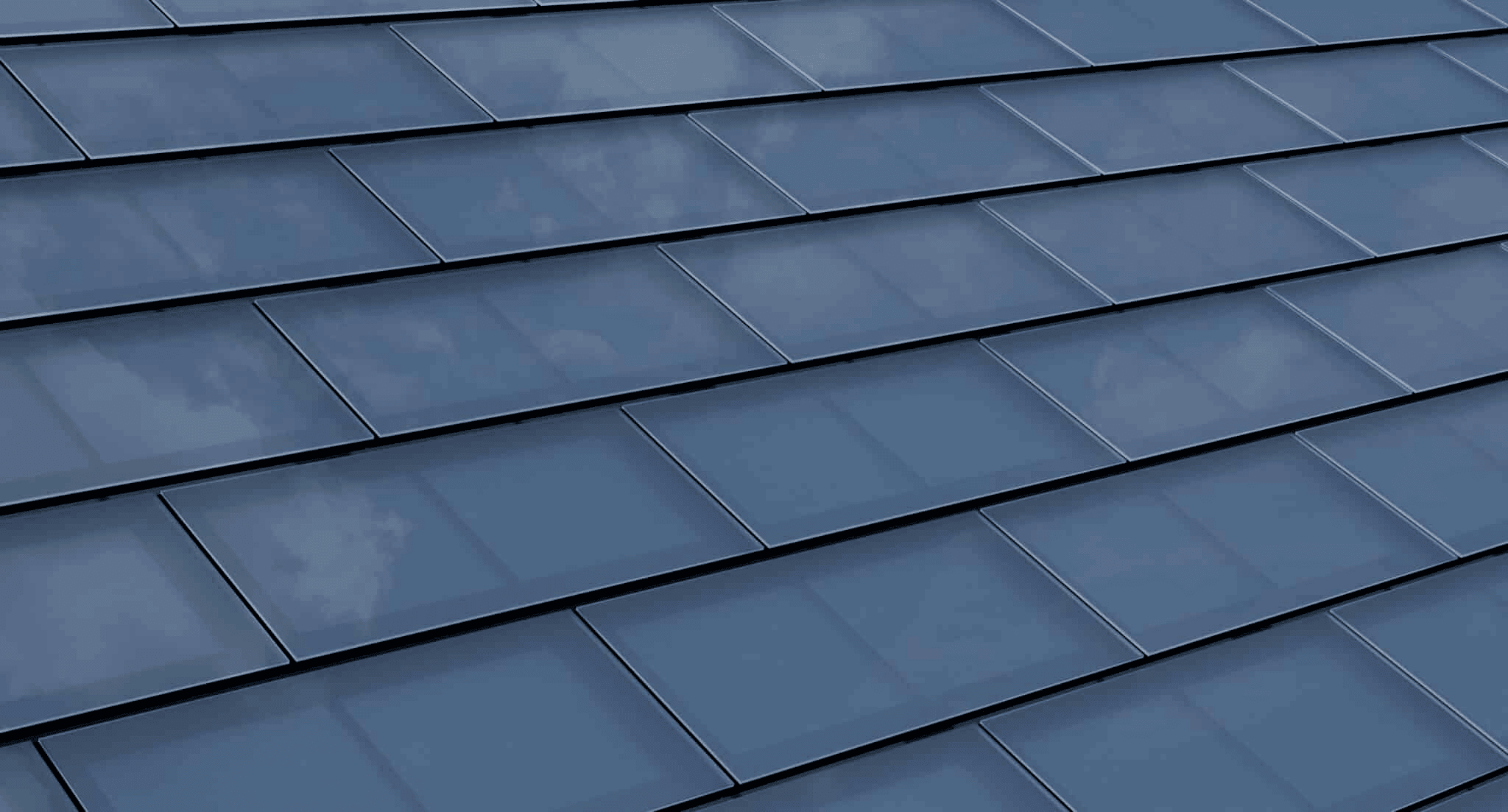Image source: MarketWatch
Instead of resting atop your roof like traditional solar panels, solar shingles offer a much more integrated appearance. They come in various sizes, shapes, and colors, blending seamlessly into the roof’s design. However, the main drawback is their cost – they typically range from 60% to 190% more expensive than solar panels for equivalent power output.
If maximizing cost-effectiveness (power per penny) is your priority, traditional solar panels are generally the better choice. However, for those prioritizing sleek design and integration, there are high-quality solar shingle options available that deliver low-profile solar power generation. Here’s everything you need to consider before opting for solar shingles, from understanding the basics to evaluating the top products currently on the market.
Understanding Solar Shingles vs. Solar Panels
Solar shingles and solar panels share similarities in harnessing solar energy to generate electricity, reduce carbon footprint, and cut electricity costs through incentives like the federal solar tax credit and net metering.

Solar Panels
Traditional solar panels are mounted on rooftops, offering robust power generation per square foot and high availability nationwide. They typically come in black or blue and are compatible with most roofs.

Solar Shingles
Solar shingles, or building-integrated photovoltaics (BIPVs), integrate directly into roofs for a lower-profile, discreet appearance. They often have lower power output per square foot compared to panels, are typically black, and may have longer availability lead times.
In summary, while both technologies offer incentives and durability, solar shingles blend better into roofs but may have lower power output and longer availability lead times compared to traditional solar panels.
Are Solar Shingles a Good Investment for Your Home?
In general, we recommend sticking with traditional solar panels. Solar shingles typically cost more and produce less electricity. However, if aesthetics are crucial to you or your homeowners’ association (HOA) mandates a solar option that blends seamlessly with your roof, solar shingles might be worth considering. Here are the key factors to weigh:
Pros of Solar Shingles

Aesthetic Integration
Solar shingles blend better with roofs compared to traditional solar panels, making them ideal if appearance is a priority, especially under HOA regulations.

Durability
Solar shingles are often more robust than standard asphalt shingles, with some models claiming resistance to extreme weather and fire. They are also lighter, making them suitable for homes unable to support the weight of traditional solar panels.

Cost Efficiency
If your roof requires replacement anyway, installing solar shingles can be cost-competitive. You get a new, durable roof alongside solar installation, potentially offsetting costs compared to separate roof replacement and solar panel installation.
Cons of Solar Shingles

High Cost
Solar shingles are expensive. Installation is typically more complex than traditional panels, and fewer brands are available, which drives up prices.

Lower Energy Production
Solar shingles are less efficient and produce less energy per square foot compared to traditional solar panels. Their lower airflow reduces cooling efficiency, impacting overall electricity production. This limitation may not suffice for homes with high electricity needs or limited roof space.

Roof Material Compatibility
Solar shingles are primarily designed for replacing black asphalt shingles. They may not work well with flat roofs or unconventional materials like terracotta. In contrast, traditional solar panels are versatile and can be installed on various roof types.
In conclusion, while solar shingles offer aesthetic benefits and durability advantages, they come at a higher cost and lower energy output compared to traditional solar panels. Consider these factors carefully to determine if solar shingles align with your needs and budget.
Choosing the Ideal Solar Shingles for Your Home
When selecting solar shingles, performance isn’t the only factor to consider. Aesthetics, warranty, wind rating, cost, availability, and cell type are all crucial elements in choosing the best solar roof product for your home.

Performance
Assessing performance involves examining a solar shingle’s total power output or wattage and its efficiency. The most reliable indicator is the power output per square foot of exposed shingle.

Aesthetics
Choosing solar shingles often prioritizes blending seamlessly with your roof over maximum performance.

Warranty
Comparing warranties is crucial. The product warranty ensures defect-free performance over a specified period. Most manufacturers offer 25-year product warranties.

Wind Rating
For regions susceptible to hurricanes, wind ratings are pivotal.

Cost
Solar shingle pricing is often undisclosed. The price might vary from $40,000 to $100,000 according to Consumer Product Safety Commission.

Availability
Solar shingles are slowly rolling out, primarily in limited areas. They demand skilled installers versed in both roofing and electrical work.

Cell Type
Solar shingles use either CIGS (copper indium gallium selenide) or monocrystalline silicon cells. Monocrystalline cells balance high efficiency with higher costs.
Navigating these considerations ensures you select solar shingles aligned with your home’s needs, optimizing both performance and aesthetics while ensuring long-term reliability and cost-effectiveness.





